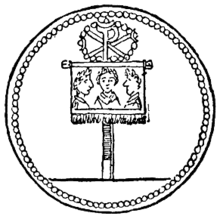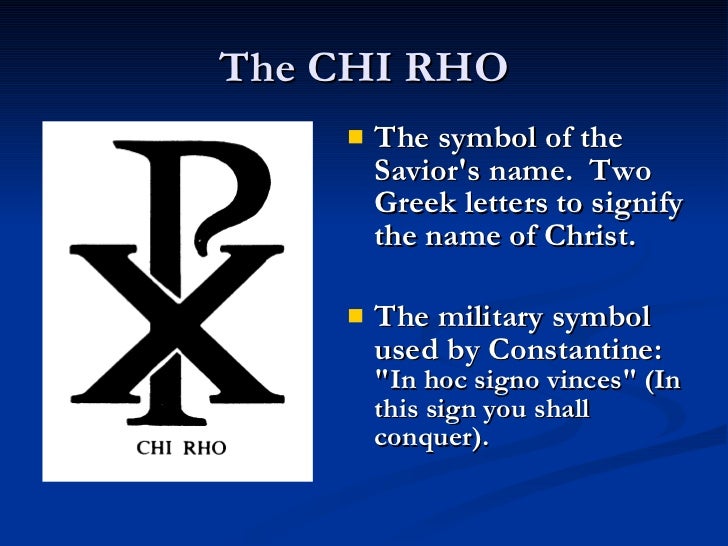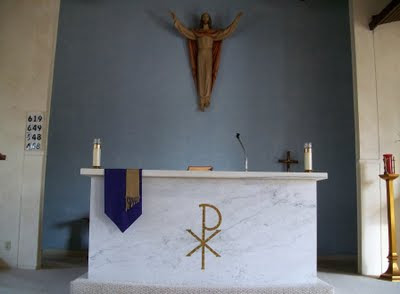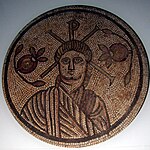

MILVIAN BRIDGE
The City of Rome is overflowing with sites of Christian interest, from the Papal properties and the Vatican to the memorials and tombs of literally hundreds of Catholic saints. However, from an historical standpoint, there are few secular places in Rome quite as important to Christianity as the Ponte Milvio, or Milvian Bridge. It was here, on October 27, 312 AD, that the Roman Emperor Constantine received the vision that would change Christianity forever. His subsequent victory, which he attributed to divine intervention, led directly to his issuance of the Edict of Milan a year later, effectively ending persecution of Christians in the Roman Empire. Amazingly, the Milvian Bridge is now in its 22nd century and still in use, making it one of Rome’s oldest surviving structures.
From its inception in the 1st century to the end of the reign of the emperor Diocletian at the beginning of the 4th century, the history of Christianity largely consisted of a seemingly endless succession of persecutions and tribulations. Tens of thousands of Christians were martyred during these early years, and millions more suffered fom cruelty and hardship. This might have gone on indefinitely had it not been for a curious turning point in Christian, and world, history: the Battle of Milvian Bridge in 312 AD.
In the late 3rd century, the Emperor Diocletian oversaw a turbulent period in Rome’s history. In an effort to stabilize the empire, he established the Tetrarchy, in which four emperors would rule jointly. The highly capable Diocletian made this system work during his lifetime, keeping the other three emperors in line. However, the system broke down immediately after his death. Within a few years two of the tetrarchs were dead, and the empire was left in the hands of Maxentius in the east and Constantine in the west. Maxentius, with the greater resources and manpower of the east at his disposal, occupied Rome, which was part of the western sphere of influence. Constantine invaded Italy in 312 with an army from Gaul in an effort to dislodge him.
Constantine easily defeated Maxentius’ forces in northern Italy, and then marched southwards to meet his enemy who was ensconced at Rome with a vastly superior force. Although he was on the strategic offensive, Constantine’s outlook for victory was grim. However, on the eve of the battle, Constantine received a vision in the sky, instructing him to ‘mark the Heavenly sign on the shields of his army’. Taking this to mean the sign of a Christian cross, he had every shield in in his army so marked. The next day, Maxentius inexplicably led his army outside of Rome’s gates to meet Constantine in open battle rather than remain safely within the city walls. Instead of waiting out what should have been an easy siege, Maxentius’ army was routed in one of the biggest military upsets in history.
Afterwards, Constantine became the undisputed ruler of most of the Roman Empire. He attributed both his victory and his newly-won throne to the divine intervention of the God of the Christians, and for the first time since the death of Jesus of Nazareth, there was a Roman emperor who was genuinely sympathetic to Christianity. The next year he issued the Edict of Milan, which guaranteed religious freedom to all people, effectively legalizing the Christian faith. Constantine himself converted in later years, thereby guaranteeing the ascendancy of Christianity in the Middle Ages. Amazingly, the Milvian Bridge still stands in northern Rome, an architectural testament to this miraculous victory and Roman engineering.
Visiting
The Milvian Bridge crosses the Tiber River near where it bends eastward on the north side of Rome. It connects two of the city’s most ancient roads: the Via Cassia to the north and the Via Flaminia to the south. A considerable distance away from the Vatican enclave and even the Villa Borghese, it is far from Rome’s major tourist areas. However, it is still a favorite place for strolling among locals and those tourists who do find their way there.
The first bridge built on the site dated from the 3rd century BC, but this was replaced by a new structure in 115 BC. Most of the current bridge dates from this time, though later renovations occurred in the 15th, 18th and 19th centuries. Its graceful arches and excellent stonework still impress after two thousand years. A tower guards the southern end of the bridge, though this only dates from the 1800s. A lamppost on the center of the bridge may be found to be covered in padlocks, a relatively new phenomenon inspired by a recent popular Italian movie.
The Milvian Bridge is located about ten miles north of central Rome, but is reachable by public transportation. It is an open site, accessible to pedestrians only. There is no charge for admission. Web: www.turismoroma.it/cosa-fare/ponte-milvio (official website)
Other Sites
Constantine commemorated his great victory over Maxentius by erecting the Arch of Constantine, a triumphal monument located between the Palatine Hill and the Colosseum. The ruins of the Mediolanum Palace, where the Edict of Milan was issued, are outside of the modern-day city of Milan.
http://thecompletepilgrim.com/milvian-bridge/























